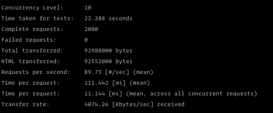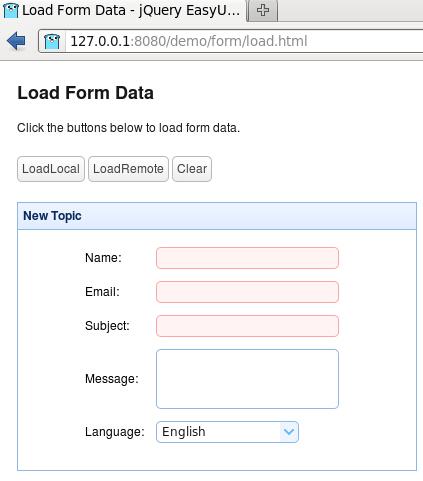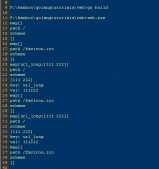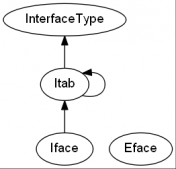golang sort package: https://studygolang.com/articles/3360
sort 操作的对象通常是一个 slice,需要满足三个基本的接口,并且能够使用整数来索引
|
1
2
3
4
5
6
7
8
9
10
11
12
|
// A type, typically a collection, that satisfies sort.Interface can be// sorted by the routines in this package. The methods require that the// elements of the collection be enumerated by an integer index. type Interface interface { // Len is the number of elements in the collection. Len() int // Less reports whether the element with // index i should sort before the element with index j. Less(i, j int) bool // Swap swaps the elements with indexes i and j. Swap(i, j int) } |
ex-1 对 []int 从小到大排序
|
1
2
3
4
5
6
7
8
9
10
11
12
13
14
15
|
package main import ( "fmt" "sort" ) type IntSlice []intfunc (s IntSlice) Len() int { return len(s) }func (s IntSlice) Swap(i, j int){ s[i], s[j] = s[j], s[i] } func (s IntSlice) Less(i, j int) bool { return s[i] < s[j] }func main() { a := []int{4,3,2,1,5,9,8,7,6} sort.Sort(IntSlice(a)) fmt.Println("After sorted: ", a) } |
ex-2 使用 sort.Ints 和 sort.Strings
golang 对常见的 []int 和 []string 分别定义了 IntSlice 和 StringSlice, 实现了各自的排序接口。而 sort.Ints 和 sort.Strings 可以直接对 []int 和 []string 进行排序, 使用起来非常方便
|
1
2
3
4
5
6
7
8
9
10
11
12
13
14
15
|
package main import ("fmt" "sort" )func main() {a := []int{3, 5, 4, -1, 9, 11, -14} sort.Ints(a) fmt.Println(a)ss := []string{"surface", "ipad", "mac pro", "mac air", "think pad", "idea pad"} sort.Strings(ss)fmt.Println(ss) sort.Sort(sort.Reverse(sort.StringSlice(ss))) fmt.Printf("After reverse: %v\n", ss) } |
ex-3 使用 sort.Reverse 进行逆序排序
如果我们想对一个 sortable object 进行逆序排序,可以自定义一个type。但 sort.Reverse 帮你省掉了这些代码
|
1
2
3
4
5
6
7
8
9
10
11
|
package main import ( "fmt" "sort" )func main() { a := []int{4,3,2,1,5,9,8,7,6} sort.Sort(sort.Reverse(sort.IntSlice(a)))fmt.Println("After reversed: ", a) } |
ex-4 使用 sort.Stable 进行稳定排序
sort.Sort 并不保证排序的稳定性。如果有需要, 可以使用 sort.Stable
|
1
2
3
4
5
6
7
8
9
10
11
12
13
14
15
16
17
18
19
20
21
22
23
24
25
26
27
28
29
30
31
32
33
34
35
36
37
38
39
|
package main import ( "fmt" "sort" )type person struct {Name stringAge int}type personSlice []person func (s personSlice) Len() int { return len(s) }func (s personSlice) Swap(i, j int) { s[i], s[j] = s[j], s[i] }func (s personSlice) Less(i, j int) bool { return s[i].Age < s[j].Age } func main() {a := personSlice {{ Name: "AAA",Age: 55,}, {Name: "BBB",Age: 22,}, {Name: "CCC",Age: 0,},{Name: "DDD",Age: 22,},{ Name: "EEE",Age: 11, },}sort.Stable(a)fmt.Println(a) } |
以上就是go语言编程使用sort来排序示例详解的详细内容,更多关于go语言sort排序的资料请关注服务器之家其它相关文章!
原文链接:https://blog.csdn.net/ffzhihua/article/details/83858464












